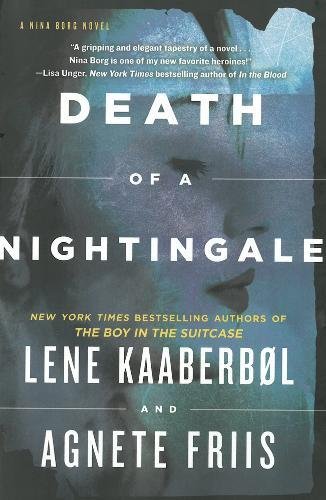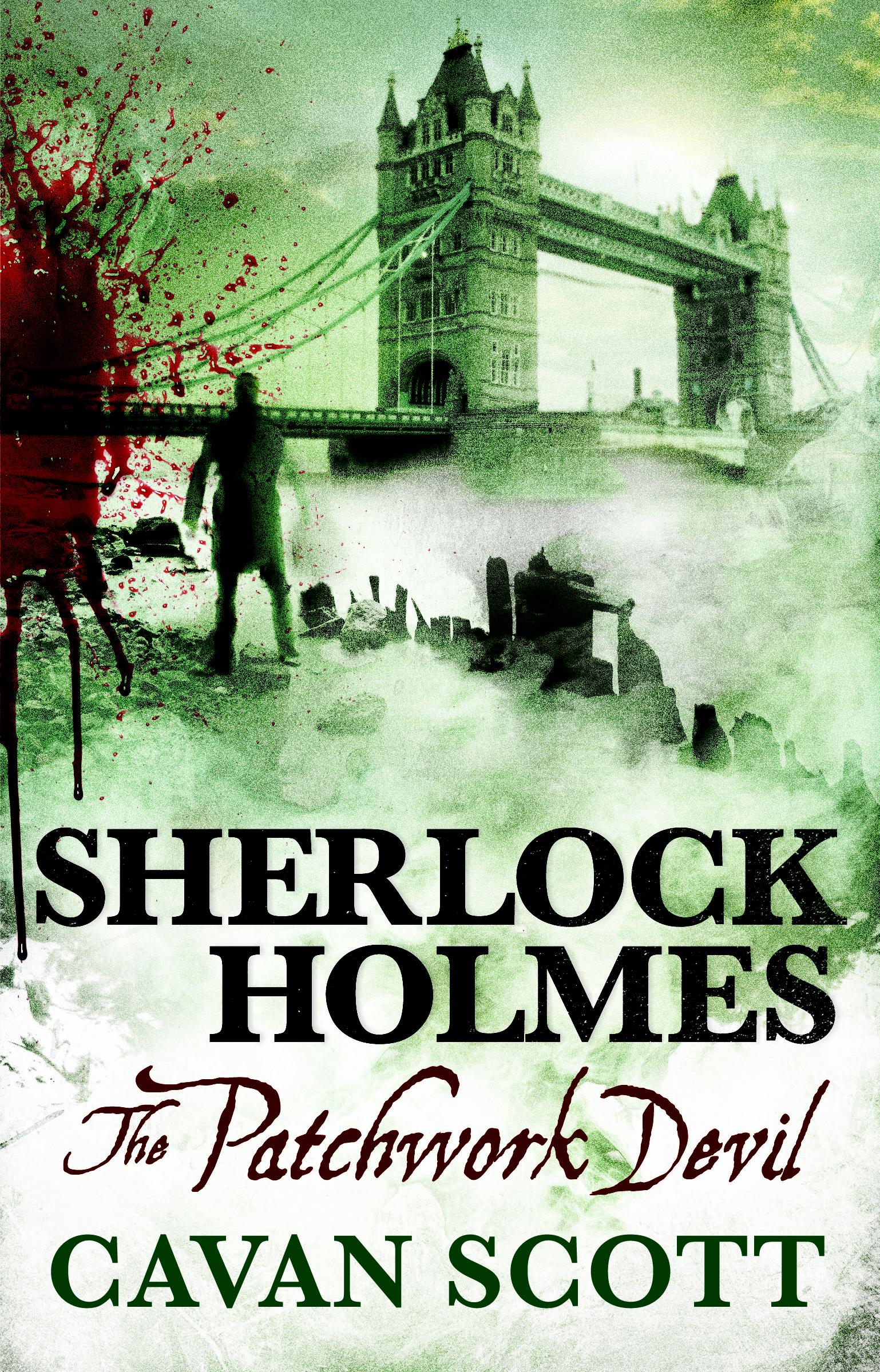Death of a Nightingale
The ice-cold wind blowing through snow-swept Denmark freezes the blood in our veins as our trembling fingers nervously flick their way through the pages of this thrillingly gripping novel. This is a book that cannot be read, but that rather greedily inhaled like a chilling, yet bracing, breath of frosty winter air. The blinding blizzard muffles the most terrible secrets, and we dig through the book as fast as our entranced mind allows us to. We are swallowed up in a flurry of seemingly dispersed storylines, and sent waltzing from one character to another. Nevertheless we feel –indeed the Danish duo have mastered a style so delicate it appeals more to our senses than to our mind- that there is some abyssal mystery pending under the apparent haphazard disjointedness.
Nina Borg is once again in action, and for her third venture she is enmeshed in a morbidly eerie affair, that roots itself way back in the congealed heart of Stalinist Ukraine, 1934, a world pervaded by hunger, shame, and treachery that seems to extend its nightmarish shadow upon the struggling, fragile beings that haunt Denmark’s modern days. A mother and a child desperately seek each other, whilst the mysterious terrifying figure of the “Witch” relentlessly tears them apart with blood-tainted claws.
The whiteness of the snow, however, is far from being that of purity and innocence: it is more like the whiteness of sheer terror, the whiteness of Captain Ahab’s whale, described by Melville in the 42nd chapter of Moby Dick. It is the prospective terror we feel when facing an unknown danger: indeed, throughout the narrative line the secret is kept regarding who is to be feared… The only warmth we could find – the reassuring intimacy with the characters that the internal viewpoint allows us to kindle – is routed by the unsettling feeling that no one can be entirely trusted. Save, perhaps, for the touchingly tormented Nina Borg, profoundly humane, who seems to be struggling as much with the dangerous murderers she encounters as with herself.
As we trudge forward, the mystery grows, and our attention with it. The authors perfectly master the delicate art of balancing nerve-racking suspense, and more restful intermezzos, by intermingling two apparently completely distinct narratives. Indeed we are constantly swung from Ukraine 1934 to modern day Denmark, the two microcosms gradually moving closer together as the suspense is delicately driven to its climax. Opening this novel is actually slightly like attempting to assemble a jigsaw puzzle: we are given only dispersed elements –fractioned narrative lines, constantly changing viewpoints…- that will finally, right under our bewildered eyes, be assembled by the expert hands of Lene Kaaberbol and Agnete Friis.
The Danish duo serves us this cliff-hanging (though it is more of a glacier than a cliff in this case…) plot on a silver platter: their style has the shimmering perfection of a cut diamond, and the juicy delicacy of the flesh of a ripe peach. It subtly changes shades as we pass from one viewpoint to another, according itself perfectly with the intricate subjectivities of each and every one of these carefully delineated characters, leaving just what is required of distance so that the opacity of the mystery be revealed only in due course/in order to maintain the opacity of the mystery till the two Danish magicians at last decide to assemble the pieces of this enthralling jigsaw puzzle that grips heart, body, and soul.
A master’s stroke, undoubtedly.
| Author | |
|---|---|
| Star Count | 4.5/5 |
| Format | Hard |
| Page Count | 368 pages |
| Publisher | Soho Crime |
| Publish Date | 2013-Nov-05 |
| ISBN | 9781616953041 |
| Bookshop.org | Buy this Book |
| Issue | April 2014 |
| Category | Mystery, Crime, Thriller |
| Share |









Reviews
There are no reviews yet.